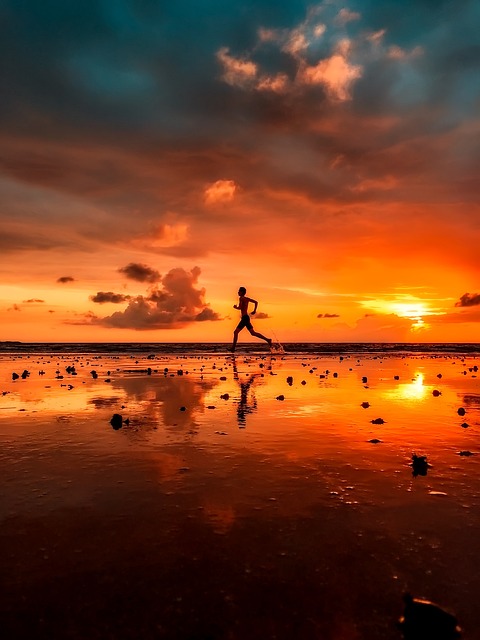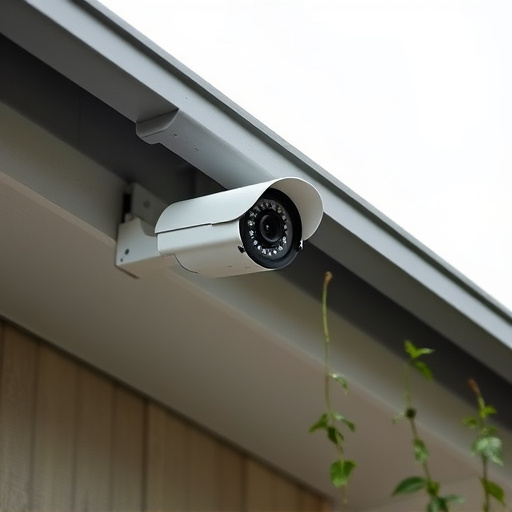Runner safety depends on understanding your surroundings, including potential hazards like traffic and poor lighting. Prioritize awareness, good running form, and reflective or high-visibility gear to enhance visibility and react swiftly. Essential running gear includes reflective clothing, impact-absorbing shoes, and secure carrying options for ID and first aid. Additional safety measures involve informing others about your run and packing essential items like a charged phone and basic first aid. Implementing these runner safety tips and gear ensures a secure running experience while promoting performance.
Running is a great way to stay fit and enjoy the outdoors, but it’s crucial to prioritize your safety while doing so. This comprehensive guide outlines essential runner safety tips and must-have gear to ensure a secure running experience. From understanding your surroundings and practicing good form to staying visible and emergency preparedness, these strategies will help protect you while you run. Discover the key elements of personal safety for runners and enhance your outdoor adventures with this invaluable running protection advice.
- Understanding Your Surroundings: Scanning for Potential Dangers
- Essential Gear to Protect Yourself While Running
- Practicing Good Running Form and Awareness
- Staying Visible: Wearing Reflective Clothing and Accessories
- Emergency Preparedness: What to Do If an Accident Occurs
Understanding Your Surroundings: Scanning for Potential Dangers
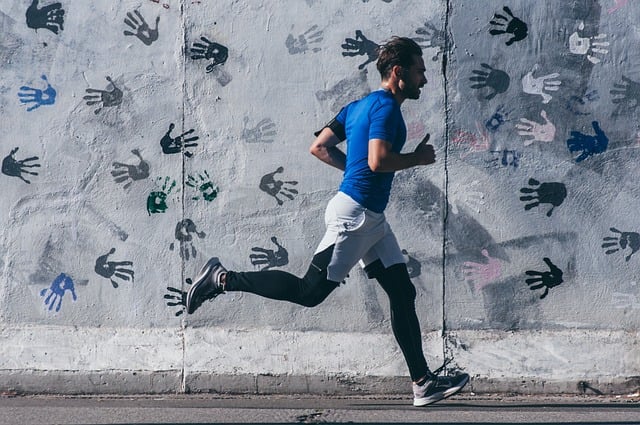
Understanding your surroundings is a vital aspect of runner safety tips. Before starting your run, take a moment to observe and assess your environment. Look out for any potential hazards like traffic, uneven pavement, or areas with poor lighting. Scanning your path helps you anticipate challenges and make informed decisions to avoid accidents. It’s essential running gear to have a clear mental map of your route, knowing escape routes, and having a basic awareness of nearby businesses or landmarks in case of an emergency.
Paying attention to your surroundings ensures personal safety for runners by enabling you to react swiftly to sudden changes. For instance, spotting a changing weather condition can prompt you to adjust your pace or seek shelter. Similarly, being mindful of other runners, pedestrians, and vehicles allows for better communication and navigation, reducing the risk of collisions. Remember that runner protection tips often begin with being proactive about your safety by anticipating and preparing for potential dangers.
Essential Gear to Protect Yourself While Running

Running is an excellent form of exercise and a popular pastime, but it’s crucial to prioritize personal safety for runners. When heading out for your daily jog, ensure you’re equipped with essential running gear designed to protect you from potential hazards. This includes high-visibility clothing, especially during early morning or evening runs, to increase your visibility on the roads. Reflective strips and lights on your apparel and accessories are game-changers in enhancing your safety, ensuring drivers can spot you easily.
Don’t underestimate the importance of comfortable and well-fitting shoes. The right footwear provides essential protection for your feet, reduces the risk of injuries, and improves your running form. Additionally, consider incorporating a good quality running belt or pouch to securely carry essential items like ID, keys, and a small first aid kit. These simple additions can significantly contribute to runner safety tips, ensuring you stay protected during your runs.
Practicing Good Running Form and Awareness

Maintaining good running form and awareness is a crucial aspect of runner safety tips. It involves adopting an efficient posture, keeping your head high, and maintaining a relaxed yet powerful stride. By practicing this, runners can reduce the risk of injuries while also enhancing their performance. Staying alert and conscious of your surroundings is another essential running protection advice. Being aware of traffic, other runners, or potential obstacles on the route ensures that you can make quick adjustments to maintain personal safety for runners.
Essential running gear plays a significant role in runner protection tips. Wearing reflective clothing, especially during early morning or evening runs, improves visibility to drivers and fellow runners. Incorporating impact-absorbing shoes with proper cushioning and support helps alleviate stress on your joints. Additionally, consider using a running belt or backpack for safe running gear to secure essential items like keys, cards, and phones, keeping them within reach without compromising your hands’ freedom for balance and safety.
Staying Visible: Wearing Reflective Clothing and Accessories
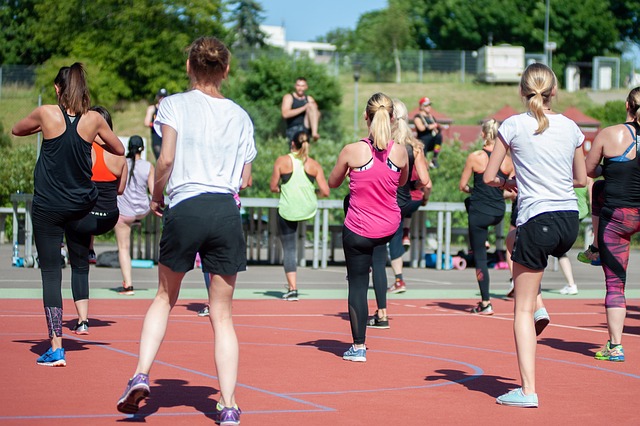
Staying Visible is a crucial aspect of runner safety tips. When heading out for your runs, especially during low-light conditions like early mornings or evenings, wearing reflective clothing and accessories is essential running gear. These items enhance your visibility to drivers and other runners, significantly improving your personal safety for runners. Reflective materials used in modern running gear can reflect light from street lamps, car headlights, and even your own flashlights, making you stand out in the darkness.
Invest in high-quality reflective clothing, including jackets, shoes, and leg bands, to ensure optimal protection advice. Safe running gear isn’t just about aesthetics; it’s a vital step to prevent accidents and ensure runners can be seen from far away. By incorporating these items into your running routine, you’re taking a proactive approach to runner protection tips and making yourself more noticeable on the roads or trails.
Emergency Preparedness: What to Do If an Accident Occurs
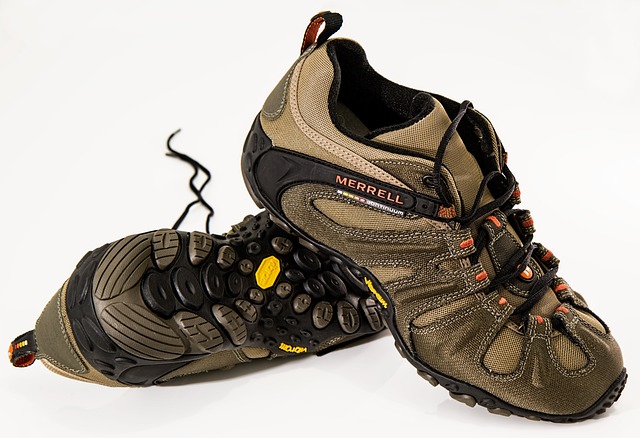
In the event of an accident while running, being prepared can make all the difference in your safety and recovery. As a runner, it’s essential to be equipped with knowledge and resources to handle emergencies effectively. First, always inform someone about your running route and expected return time; this way, if you don’t show up as planned, help can be dispatched promptly. Keep a fully charged mobile phone with you at all times, along with a backup power bank in case of prolonged runs or unexpected delays.
Additionally, consider carrying a small first-aid kit tailored for runners, which should include items like a bandage, antiseptic wipes, pain relievers, and any personal medications. Knowing basic first aid can also help you manage minor injuries until professional medical assistance arrives. Regularly review and practice emergency procedures to ensure your preparedness, ultimately enhancing your runner safety tips and protection advice during every run.
